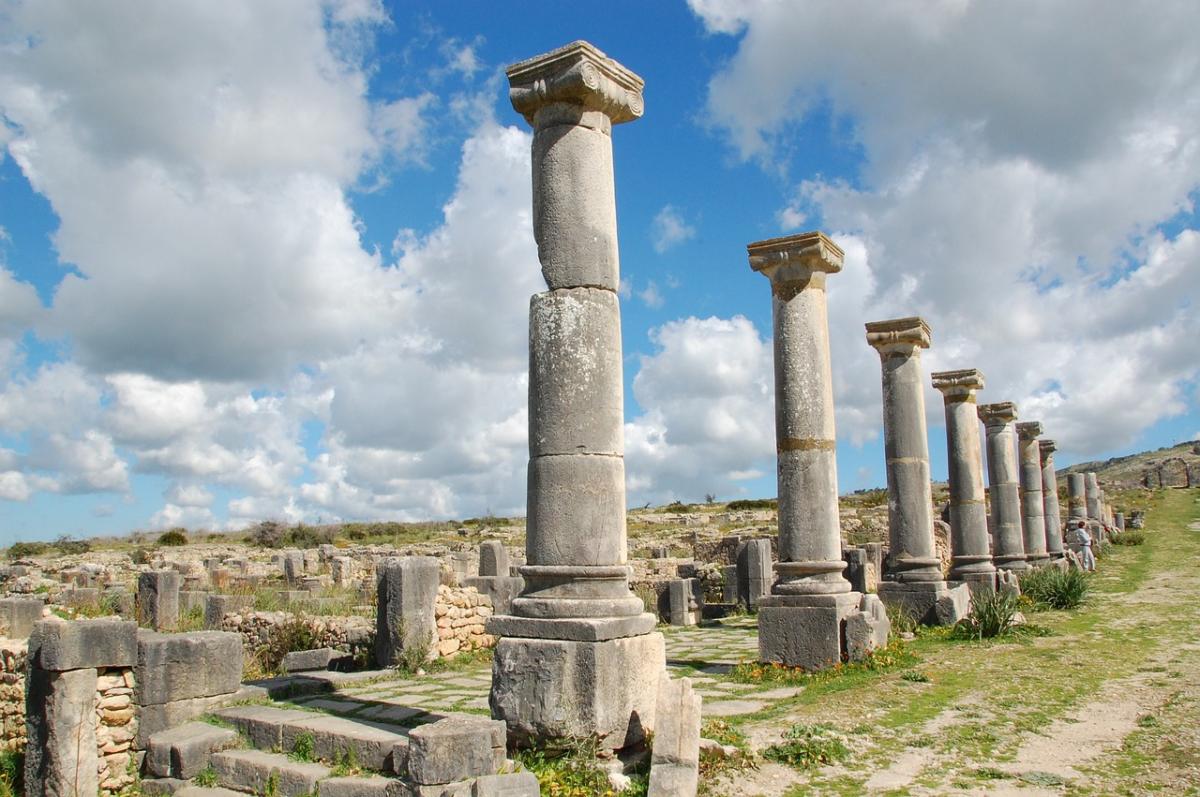
Volubilis: Roman Ruins in Morocco
Have you ever wondered what life was like in ancient Rome? If you are fascinated by the history and culture of this great civilization, you might want to visit Volubilis, one of the best-preserved Roman ruins in Morocco. Volubilis was once a thriving city that served as the capital of the kingdom of Mauretania, a Roman client state that covered most of present-day Morocco and western Algeria. In this article, we will explore the origins, development, and decline of Volubilis, as well as its main attractions and significance today.
The Origins of Volubilis
Volubilis was founded in the 3rd century BC by the Berbers, the indigenous people of North Africa. The name Volubilis may be derived from the Berber word Walilt, meaning oleander, a flowering plant that grows along the nearby valley. The city was strategically located on a fertile plain that was ideal for agriculture, especially olive production. It also benefited from its proximity to the Atlantic coast and the trade routes that connected Africa, Europe, and Asia.
The city came under the influence of Carthage, a powerful city-state that dominated the western Mediterranean, until the Punic Wars between Carthage and Rome resulted in the destruction of Carthage in 146 BC. Volubilis then became part of the kingdom of Mauretania, which was ruled by a dynasty of Berber kings who maintained friendly relations with Rome. The most famous of these kings was Juba II, who married Cleopatra Selene, the daughter of Cleopatra VII and Mark Antony. Juba II was a patron of arts and sciences and transformed Volubilis into a center of Hellenistic culture.
The Roman Period
In 40 AD, Mauretania was divided into two provinces by the Roman emperor Caligula: Mauretania Tingitana and Mauretania Caesariensis. Volubilis became the capital of Mauretania Tingitana, which stretched from the Atlantic coast to the Mulucha River (now Moulouya River). The city was granted the status of a municipium, which gave its inhabitants partial rights of Roman citizenship. Volubilis prospered under Roman rule and expanded to cover about 42 hectares (100 acres) with a 2.6 km (1.6 mi) circuit of walls.
The city witnessed a remarkable urban development in the 2nd century AD, when it received many public buildings and monuments that reflected its wealth and importance. Some of these include:
- The Basilica: A large hall that served as a court of justice and a meeting place for the city council. It was decorated with marble columns and statues and had a central nave and two side aisles.
- The Capitoline Temple: A temple dedicated to Jupiter, Juno, and Minerva, the main deities of the Roman state religion. It was located on a platform overlooking the forum, the main square of the city.
- The Triumphal Arch: A monumental gate that commemorated the emperor Caracalla and his mother Julia Domna, who visited Volubilis in 217 AD. It was adorned with sculptures and inscriptions and had three archways.
- The House of Orpheus: A luxurious residence that belonged to a wealthy merchant or official. It had a central courtyard with a pool and a garden and several rooms with mosaic floors depicting scenes from Greek mythology, such as Orpheus playing his lyre among wild animals.
- The House of Dionysus: Another lavish residence that featured a mosaic floor depicting Dionysus, the god of wine and fertility, riding a chariot pulled by panthers.
The Post-Roman Period
Volubilis declined in the late 3rd century AD, when it faced attacks from local tribes and external invaders. The city was abandoned by the Romans around 285 AD, when the emperor Diocletian reorganized the empire and withdrew from many remote regions. However, Volubilis continued to be inhabited for at least another 700 years by various communities that adapted to the changing political and religious landscape.
The first of these communities were the Christians, who converted many of the pagan temples into churches and built new ones. They also preserved some aspects of Roman culture and language until they were persecuted by the Vandals, who invaded North Africa in the 5th century AD. The Vandals were followed by the Byzantines, who briefly controlled Volubilis in the 6th century AD but failed to restore its former glory.
The next wave of inhabitants were the Arabs, who brought Islam to Morocco in the 7th century AD. Volubilis became known as Walili or Oulili in Arabic and served as a base for several Muslim leaders who fought against each other for power. The most notable of these leaders was Idris I, the founder of the Idrisid dynasty, the first Moroccan state. Idris I established his capital at Volubilis in 788 AD and is buried nearby in the holy town of Moulay Idriss Zerhoun. His son and successor, Idris II, moved the capital to Fes in 808 AD, marking the end of Volubilis as a political center.
The city gradually lost its population and importance as it was overshadowed by Fes and other emerging cities. Many of its inhabitants migrated to the new town of Moulay Idriss Zerhoun, which was founded by the Idrisids as a religious and cultural hub. Volubilis was eventually abandoned and forgotten until it was rediscovered by European travelers and archaeologists in the 19th century.
The Modern Significance of Volubilis
Today, Volubilis is a UNESCO World Heritage Site that attracts thousands of visitors every year. It is one of the most impressive and well-preserved Roman ruins in Africa and offers a glimpse into the rich and diverse history of Morocco. The site is open to the public and has a museum that displays some of the artifacts and mosaics that were found during the excavations. Visitors can also enjoy the stunning views of the surrounding countryside and the nearby town of Moulay Idriss Zerhoun, which is considered a sacred place by many Moroccans.
Volubilis is more than just a collection of ancient stones. It is a testament to the resilience and adaptability of human civilization and culture. It is a reminder of the connections and interactions that have shaped Morocco and the world. It is a treasure that deserves to be explored and appreciated by anyone who loves history, art, and beauty.
Conclusion
Volubilis is one of the most fascinating and unique places in Morocco. It tells the story of a city that rose from a humble Berber settlement to a flourishing Roman metropolis, then survived through centuries of turmoil and change, before fading into oblivion and being reborn as a cultural heritage site. Volubilis is a place where you can experience the past, present, and future of Morocco in one location. If you are looking for an unforgettable adventure, you should definitely visit Volubilis and discover its secrets for yourself.
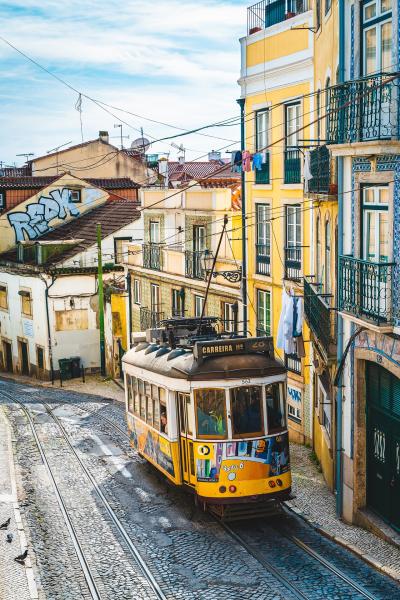
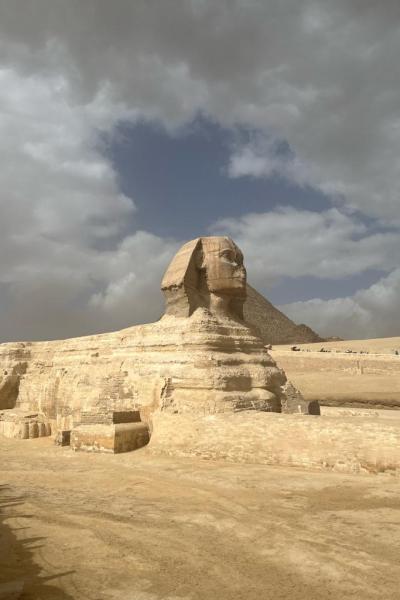
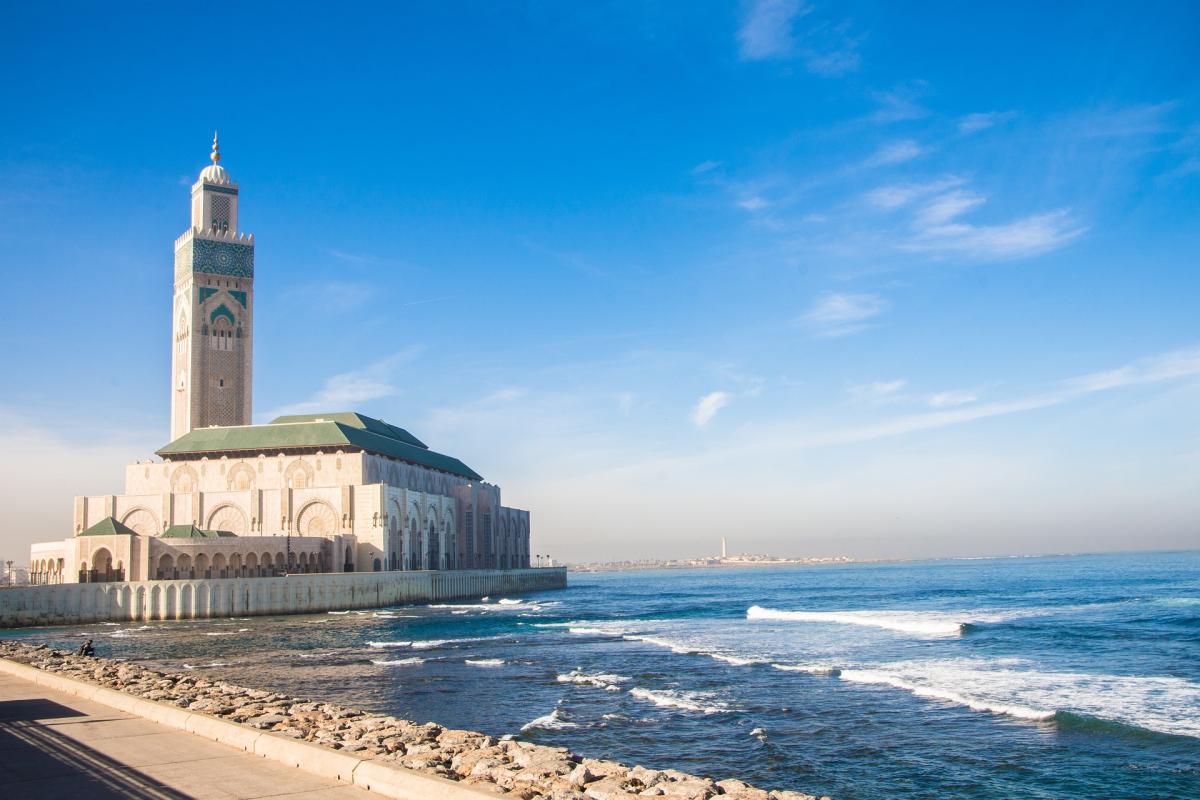
Morocco is a country of dazzling diversity, a place where the senses are awakened by the scent of spices in a bustling souk, the sight of the sun setting over the vast Sahara, the taste of sweet mint tea, and the ancient call to prayer echoing through a labyrinthine medina. It is a destination that offers...
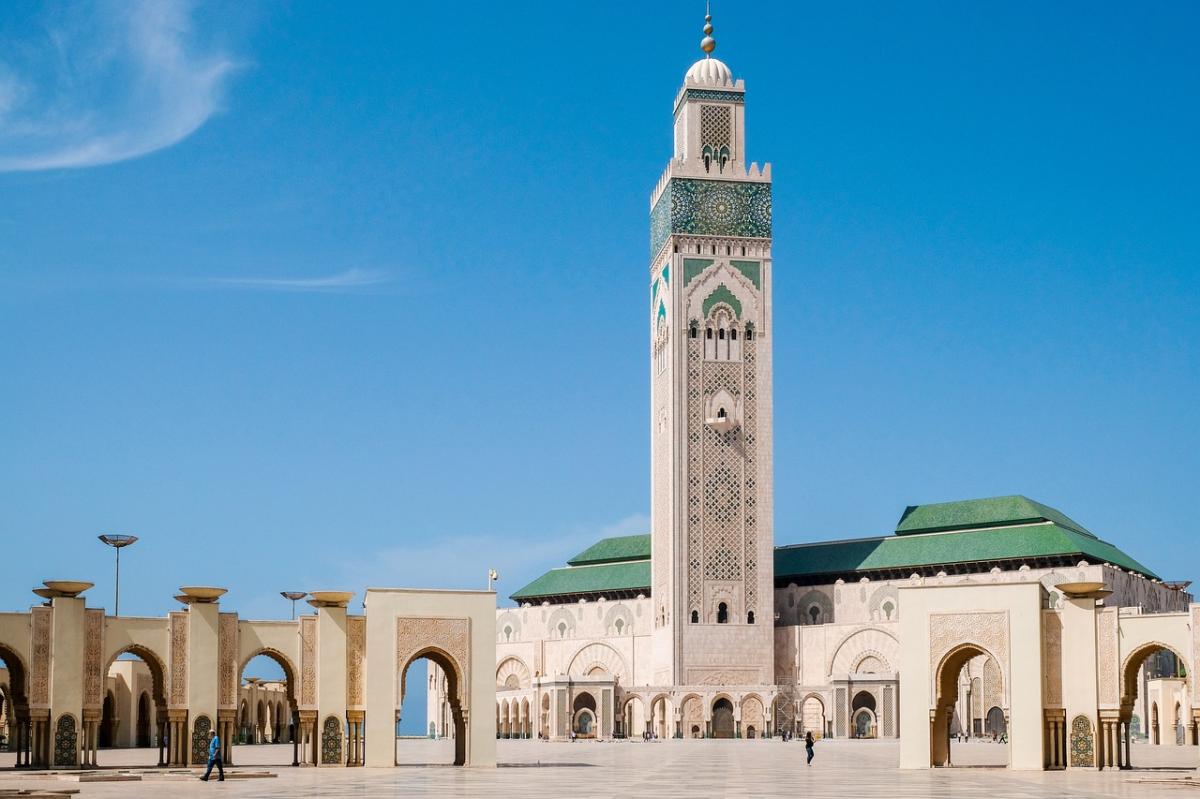
Morocco is a country that captivates the imagination of many travelers. It is a land of contrasts, where ancient and modern coexist, where mountains and deserts meet, where Arab and Berber cultures blend, and where Africa and Europe touch. Morocco is a place where you can experience the richness of history,...
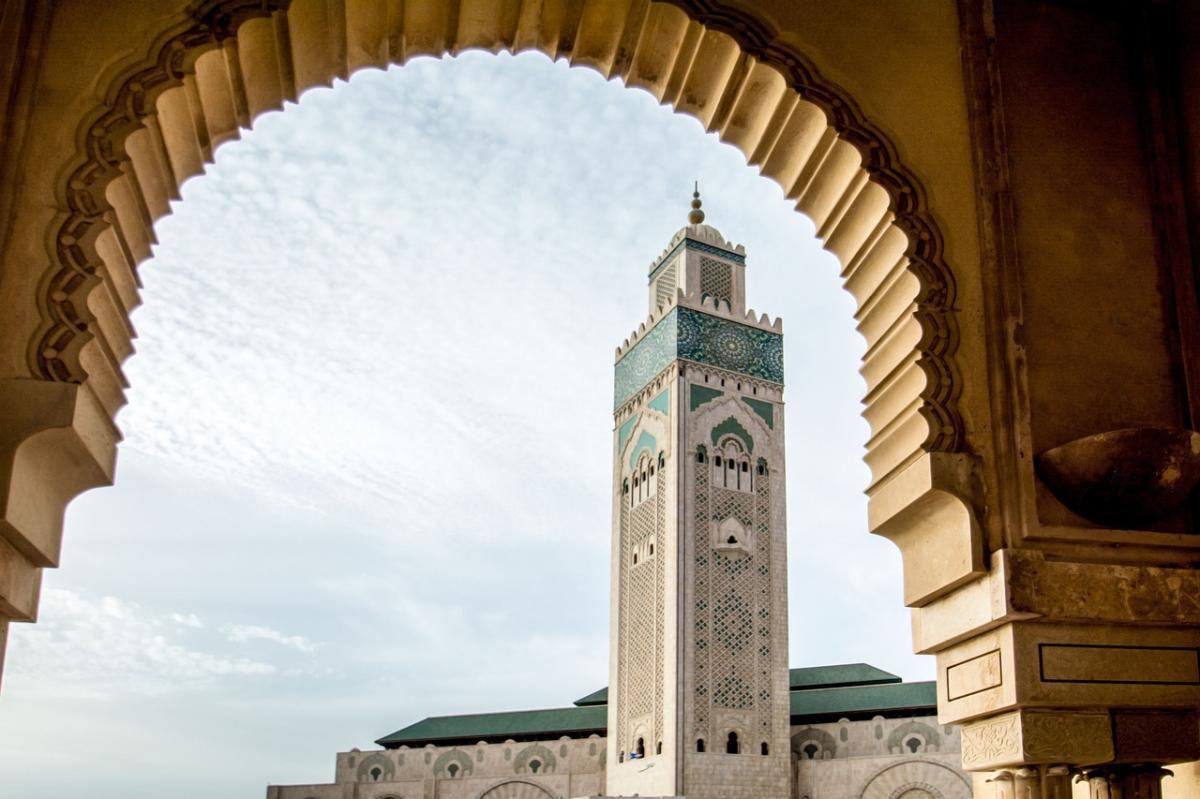
Casablanca is one of the most exciting cities in Morocco. It is a vibrant, lively city with plenty to offer visitors and locals alike. Situated on Moroccos Atlantic coast, Casablanca offers a unique blend of old-world charm and modern convenience that makes it an exciting place to explore. As the largest...